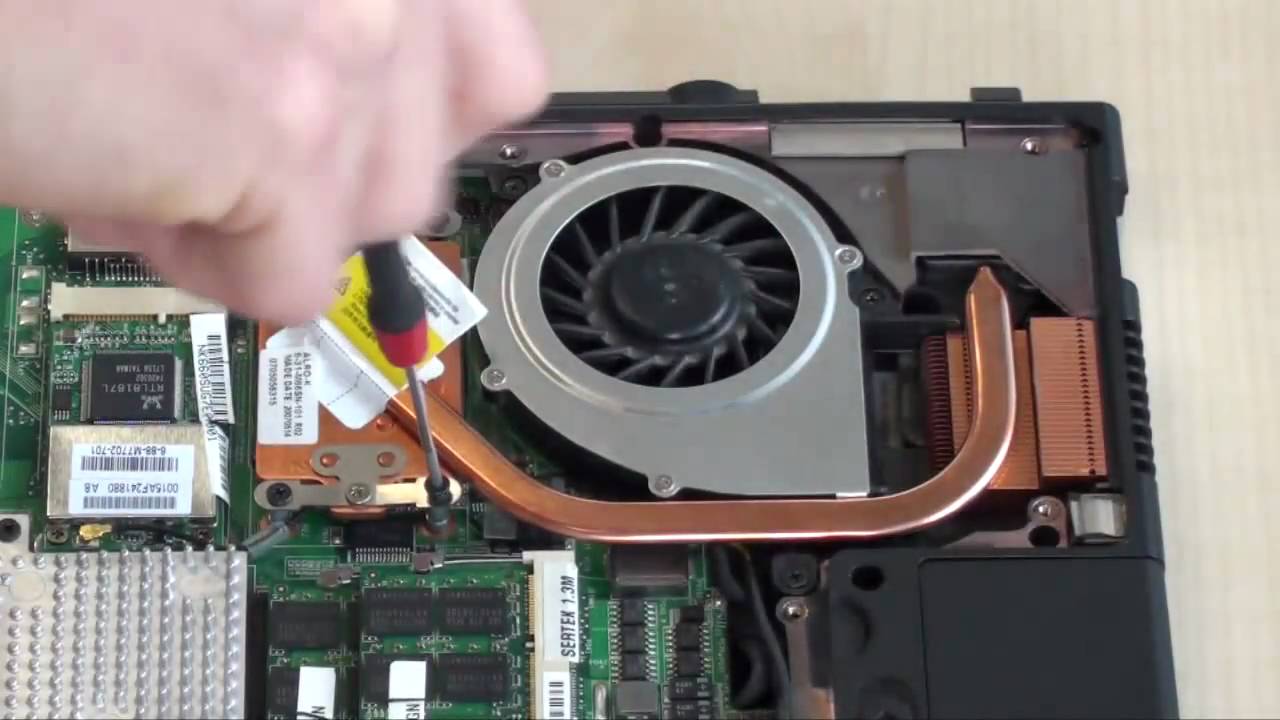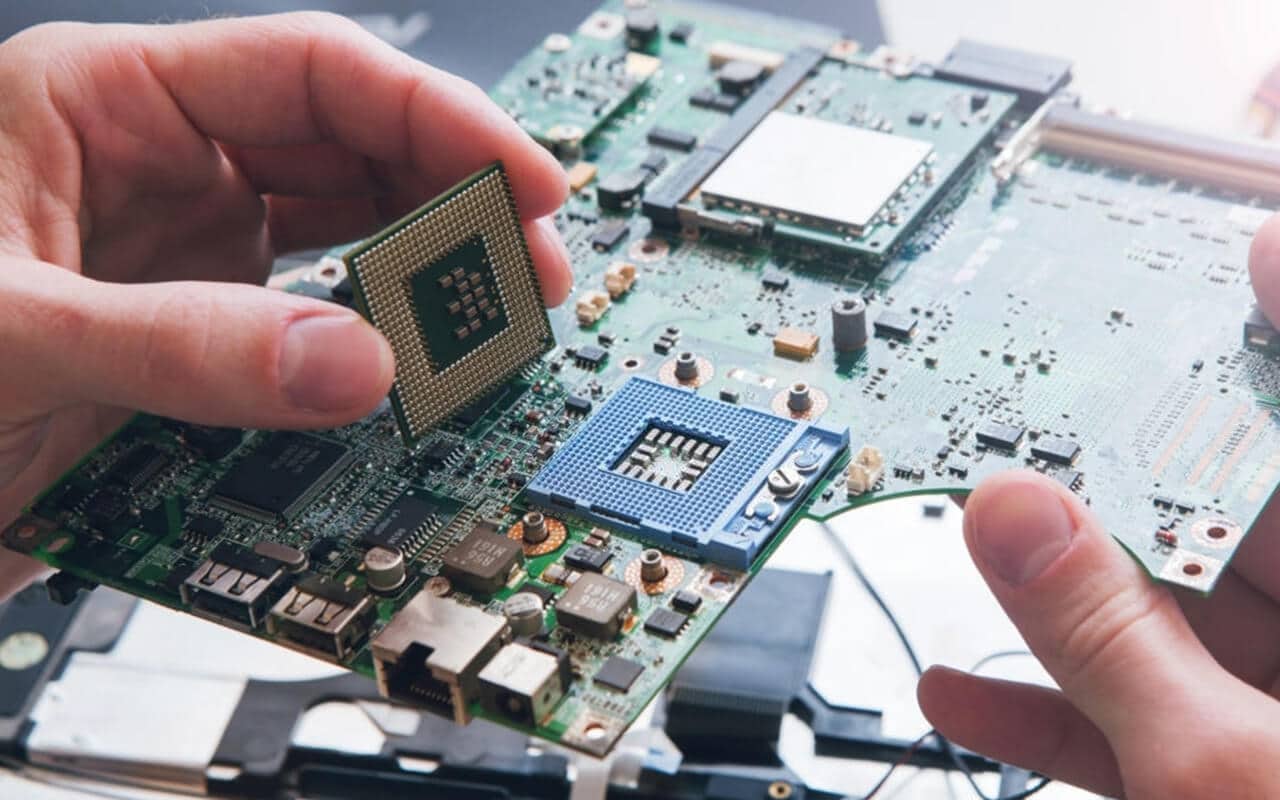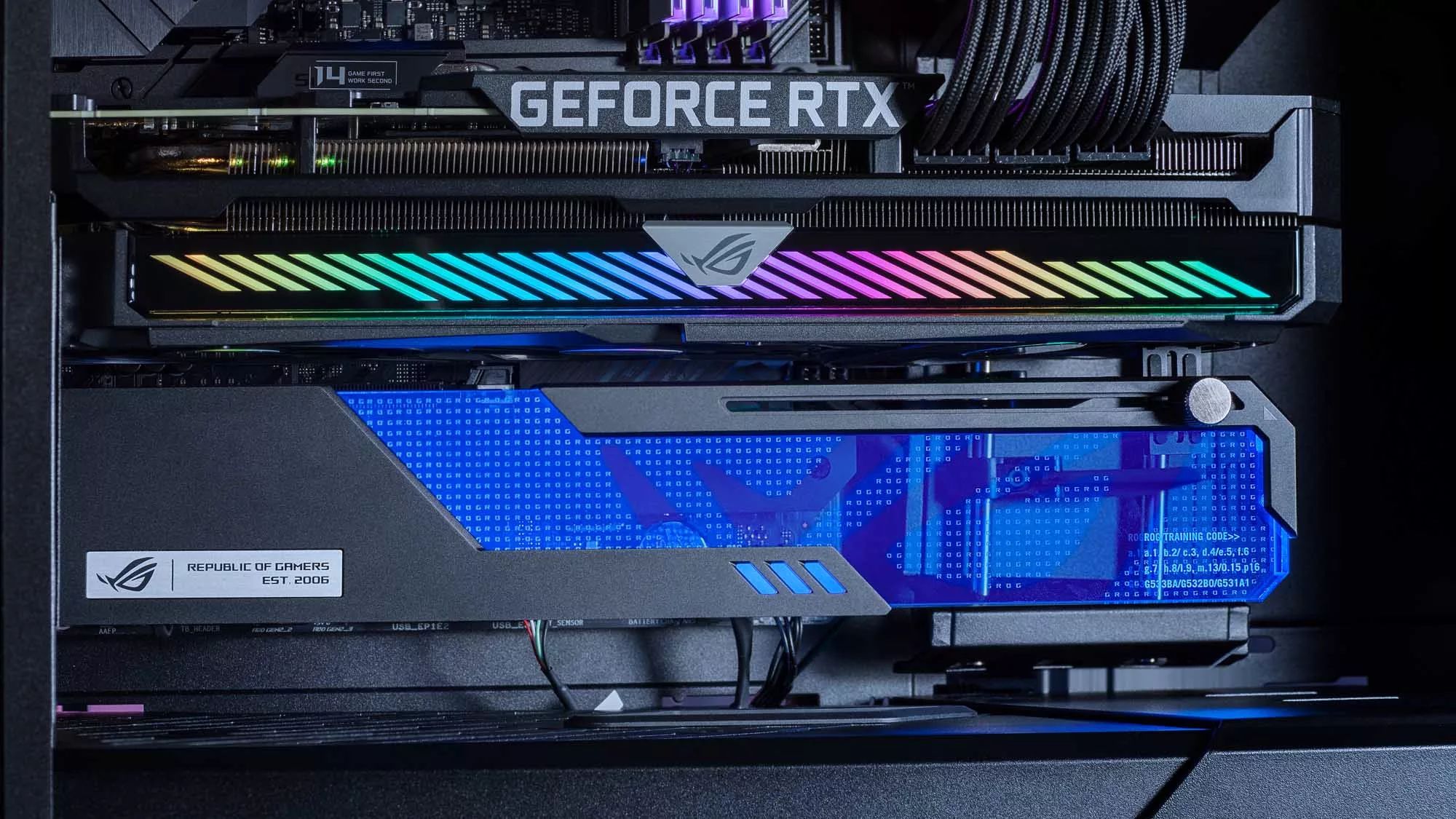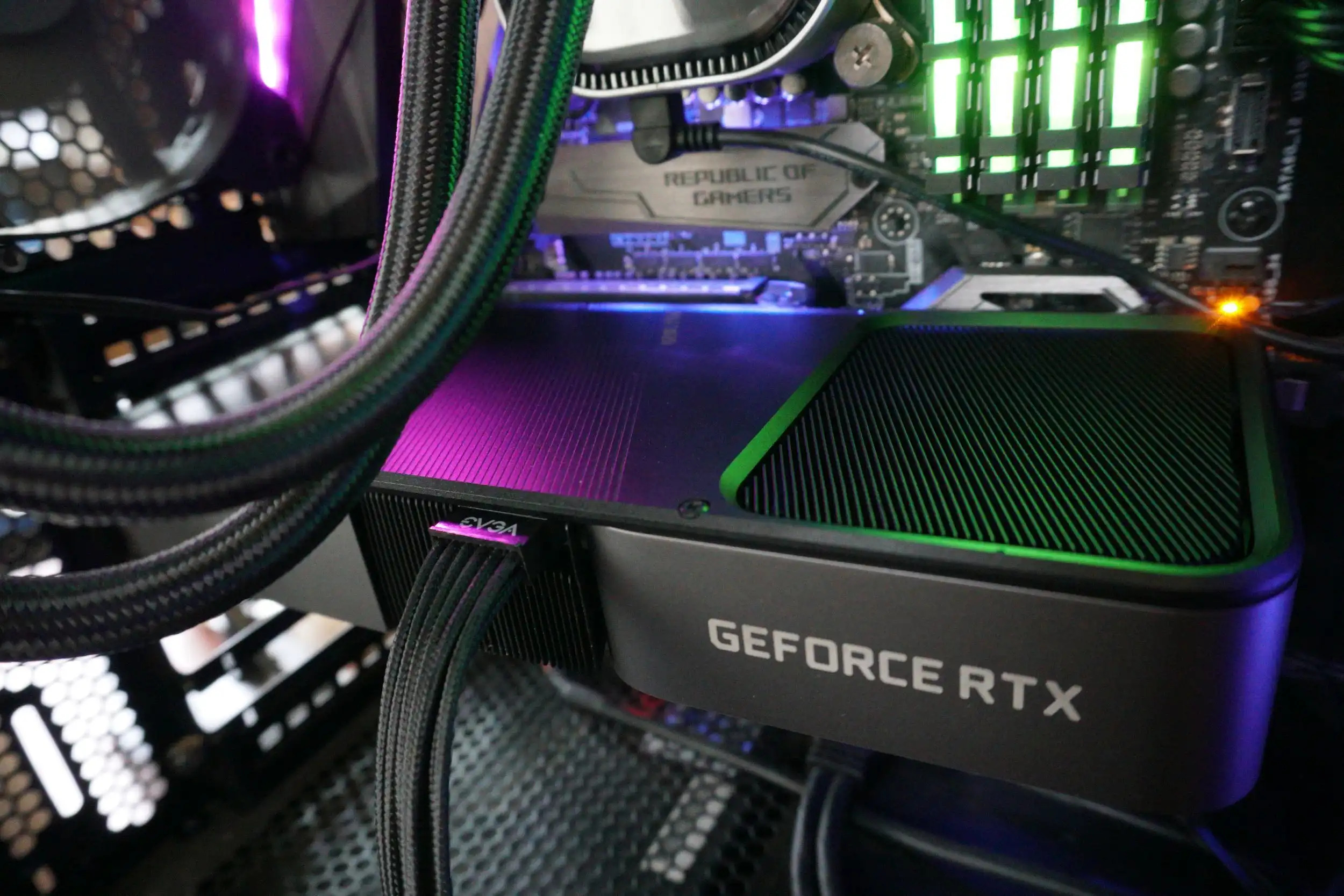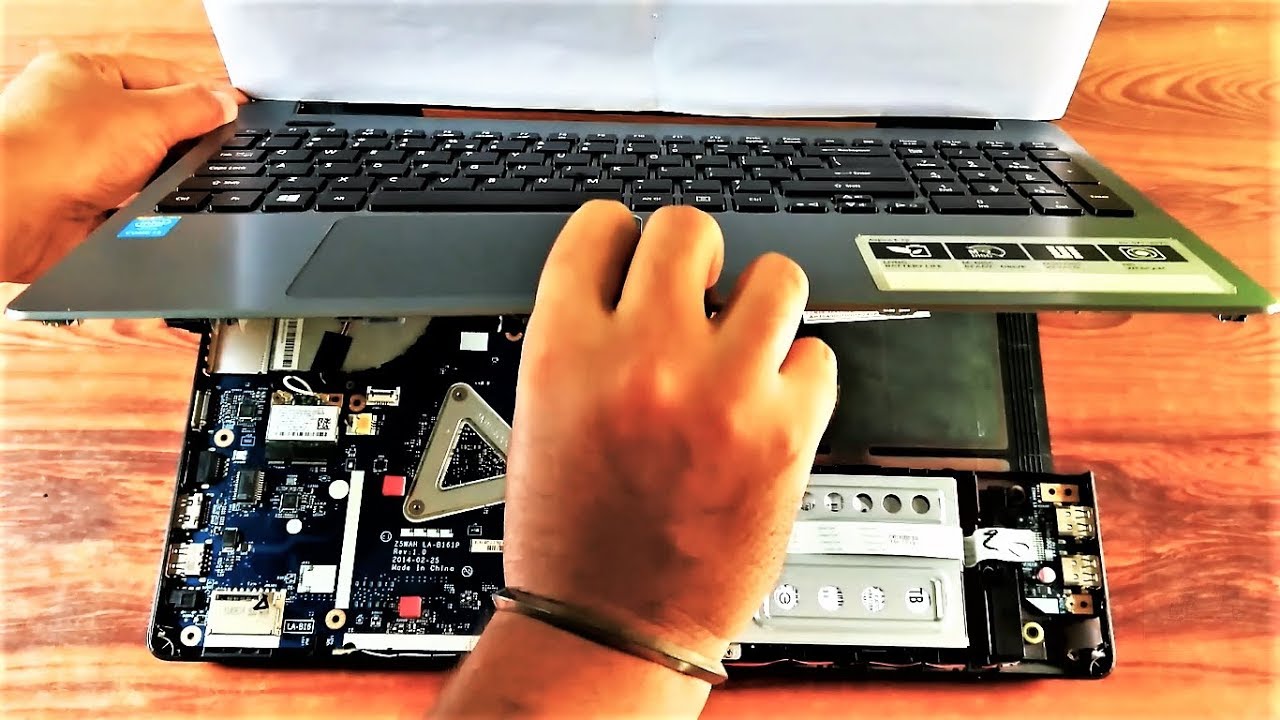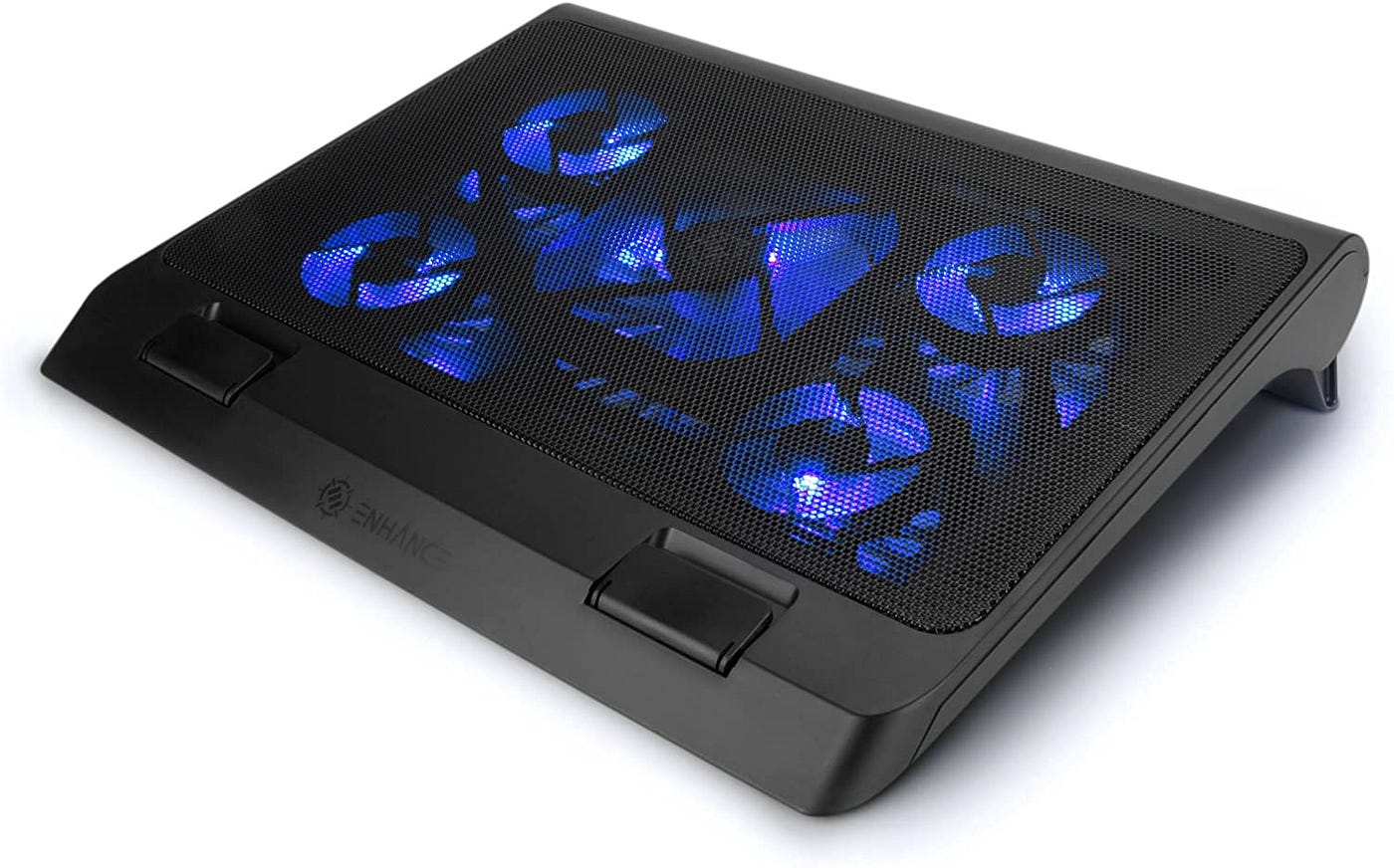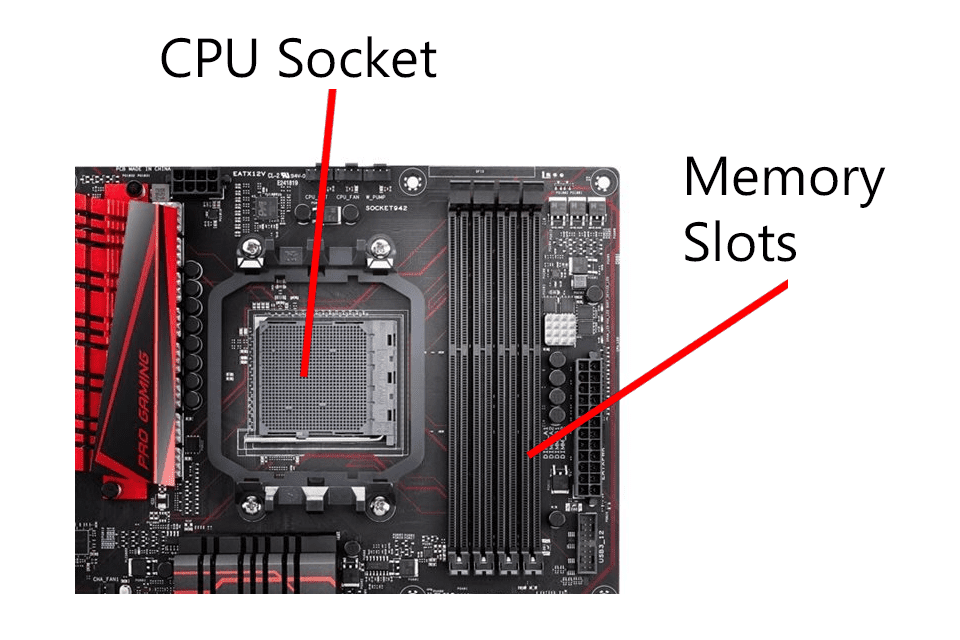Introduction
Welcome to our comprehensive guide on the location of the CPU in a laptop. The Central Processing Unit (CPU) is the brain of a computer, responsible for executing and managing all the tasks and processes. Understanding the location of the CPU in a laptop is crucial for users who want to upgrade or troubleshoot their devices. In this article, we will explore the significance of the CPU in a laptop, provide an overview of the internal components, and delve into the factors that influence its location in different laptop models.
As technology continues to advance at a rapid pace, laptops have become a staple in our daily lives. They offer portability, convenience, and the power to handle various tasks. Behind the sleek design lies a complex network of components working together seamlessly.
By examining the locations and functions of each component, we can gain a deeper understanding of the inner workings of laptops. So, let’s dive in and discover where the CPU is located and how it impacts the overall performance of a laptop.
Importance of the CPU in a Laptop
The CPU is a crucial component in a laptop that plays a vital role in its overall performance. It serves as the brain of the computer, responsible for executing instructions and performing calculations at lightning-fast speeds. Without a powerful and efficient CPU, a laptop would struggle to efficiently handle tasks and deliver the performance required by modern users.
One of the primary functions of the CPU is to process data and execute instructions. Whether you’re browsing the web, editing documents, or playing video games, the CPU handles the complex calculations and operations behind the scenes to ensure smooth and responsive performance.
In addition to processing data, the CPU also manages the communication between various hardware components within the laptop. It acts as a coordinator, directing the flow of information between the memory, graphics card, storage devices, and other peripherals. This coordination is essential for the seamless operation of different components and ensures that they work together harmoniously to deliver optimal performance.
Another critical aspect of the CPU’s importance is its influence on multitasking capabilities. With the increasing demands of modern computing, users expect to be able to run multiple applications simultaneously without experiencing significant performance degradation. The CPU’s processing power and efficiency directly impact a laptop’s ability to handle multitasking with ease, allowing users to switch between applications seamlessly and run resource-intensive tasks concurrently.
Furthermore, the CPU plays a vital role in determining a laptop’s overall speed and responsiveness. A powerful CPU with multiple cores and high clock speeds can handle demanding tasks and process data rapidly, resulting in snappy performance across various applications. Conversely, a weak or outdated CPU may cause sluggishness and system-wide slowdowns, hampering productivity and user experience.
Overall, the importance of the CPU in a laptop cannot be overstated. From processing data and executing instructions to coordinating hardware components and enabling multitasking capabilities, the CPU is the driving force behind a laptop’s performance. As technology advances and user demands grow, having a powerful and efficient CPU becomes increasingly essential for a smooth and responsive computing experience.
Overview of the Internal Components of a Laptop
A laptop is a complex device that houses various internal components working together to provide the functionality and performance we rely on. Understanding the different components and their roles can help users gain a better appreciation for the inner workings of their laptops.
One of the key internal components, apart from the CPU, is the Random Access Memory (RAM). RAM serves as temporary storage where the laptop stores data and instructions that the CPU needs to access quickly. The more RAM a laptop has, the more data it can store, leading to smoother multitasking and improved overall performance.
The next critical component is the storage device, often in the form of a Solid-State Drive (SSD) or a Hard Disk Drive (HDD). The storage device is responsible for long-term data storage, such as the operating system, applications, documents, and media files. SSDs, known for their faster read and write speeds, have become increasingly popular for their ability to enhance a laptop’s speed and responsiveness.
Another essential component is the motherboard, a circuit board that connects and allows communication between all the internal and external devices. It houses various connectors, slots, and ports, enabling the attachment of components such as the CPU, memory modules, storage devices, graphics cards, and more.
The laptop’s display, also known as the monitor, is a critical component, providing the visual output of the system. The display technology varies across laptops, such as LCD, LED, or OLED, each offering distinct advantages in terms of image quality, color accuracy, and energy efficiency.
The keyboard and touchpad are the primary input devices on a laptop. Keyboards come in various layouts and designs, including traditional and ergonomic options, offering users the means to input text and commands. Touchpads, located below the keyboard, provide an alternative to using an external mouse, allowing users to navigate the screen using gestures and movements.
Other internal components include the graphics card, which handles rendering and displaying graphics and videos, and the audio subsystem, responsible for producing sound output. Additionally, laptops also feature a battery, power supply, wireless connectivity modules for Wi-Fi and Bluetooth, and various ports and connectors for external devices.
By understanding the function and purpose of these internal components, users can optimize their laptop’s performance, troubleshoot issues effectively, and make informed decisions regarding upgrades or replacements. The seamless interaction of these components is what ultimately enables laptops to deliver the functionality and performance we rely on daily.
Location of the CPU in a Laptop
The location of the CPU in a laptop can vary depending on the laptop model and design. However, in most laptops, the CPU can be found on the motherboard, often underneath a heat sink and fan assembly. This design helps dissipate heat generated by the CPU during operation and ensures optimal performance and longevity.
In many laptops, accessing the CPU is not as straightforward as it is with desktop computers. Typically, the CPU is not easily accessible, and disassembling the laptop may be required to reach it. This is due to the compact and slim nature of laptops, as manufacturers prioritize space efficiency and aesthetics.
The specific location of the CPU on the motherboard may also vary depending on the laptop’s design. In some cases, the CPU might be located towards the center of the motherboard, while in others, it might be situated closer to one edge. This variation in placement is influenced by factors such as the laptop’s size, cooling requirements, and the arrangement of other internal components.
It is important to note that laptops come in different form factors, including ultrabooks, 2-in-1 convertibles, and gaming laptops, each with their own unique design considerations. The size and shape of the laptop can influence the positioning of the CPU within the device.
As laptops continue to become slimmer and lighter, manufacturers are constantly innovating to find new ways to optimize space and improve cooling. This has led to the development of innovative cooling systems, such as vapor chambers, heat pipes, and improved fan designs, which help to efficiently dissipate heat generated by the CPU.
While the exact location of the CPU may be less accessible for users, it is worth mentioning that it is usually not intended for user intervention or upgrades. Unlike desktop computers, laptops are generally not designed to be easily customizable in terms of CPU upgrades. Therefore, it is advisable to thoroughly research the specifications and capabilities of a laptop before purchase to ensure that it meets your specific requirements.
Overall, the location of the CPU in a laptop, typically found on the motherboard underneath a heat sink and fan assembly, plays a vital role in protecting and optimizing its performance. Although accessing and upgrading the CPU in a laptop may be challenging, understanding its location and role in the system helps users appreciate the intricate design and engineering behind these portable computing devices.
Factors Affecting the CPU Location in Different Laptop Models
The location of the CPU in different laptop models can vary depending on various factors, including the laptop’s size, design, cooling requirements, and overall internal layout.
One of the primary factors that influence CPU location is the laptop’s form factor. Different laptop form factors, such as ultrabooks, 2-in-1 convertibles, and gaming laptops, have unique design considerations that affect the CPU’s placement. For example, ultrabooks tend to prioritize slimness and portability, often resulting in a more centralized CPU location to distribute heat evenly and maintain a compact profile.
Cooling requirements play a significant role in deciding the CPU’s location. The CPU generates heat during operation, and efficient cooling is crucial to maintain optimal performance and prevent overheating. Manufacturers strategically position the CPU in proximity to cooling components such as heat sinks, heat pipes, and fans to ensure effective heat dissipation. The decision on CPU location is influenced by balancing thermal management requirements and space limitations within the laptop’s internal structure.
The size of the laptop also affects the CPU’s location. Smaller laptops typically have limited internal space, which can impact the CPU’s positioning. In these cases, manufacturers may choose to place the CPU closer to one edge of the motherboard to maximize the available space and optimize other internal component placements.
Additionally, the overall internal layout of the laptop plays a role in determining the CPU’s location. The placement of other key components, such as the RAM slots, storage devices, and graphics card, can influence where the CPU is positioned. Manufacturers strive to create a layout that ensures efficient data flow, facilitates effective cooling, and provides the necessary space for other components.
Lastly, the design philosophy and intended use of the laptop also contribute to CPU location. Gaming laptops, for instance, often have more robust CPUs and cooling systems due to their demanding performance requirements. Thus, the placement of the CPU in gaming laptops may prioritize enhanced cooling capabilities to support extended periods of intense processing.
Overall, a combination of factors, including form factor, cooling requirements, size, internal layout, and intended use, influences the location of the CPU in different laptop models. By considering these factors, manufacturers can optimize performance, ensure efficient thermal management, and create a well-balanced internal structure for their laptops.
Accessibility and Upgradability of the CPU
The accessibility and upgradability of the CPU in a laptop can vary significantly depending on the manufacturer and model. Unlike desktop computers, laptops are generally not designed with easy CPU upgrades in mind. This is primarily due to their compact and slim form factors, which prioritize space efficiency and aesthetics over user customization.
In most cases, accessing and upgrading the CPU in a laptop requires extensive disassembly, including removing the keyboard, display panel, and other components. This can be a complex process that requires technical expertise and special tools. Furthermore, opening up a laptop to access the CPU can potentially void the warranty, so it is essential to consider these factors before attempting any upgrades.
However, some high-end gaming laptops or workstation laptops offer limited CPU upgradability. These laptops may feature a removable CPU socket, allowing users to swap out the existing CPU with a compatible one. While this provides some level of upgradability, it is still crucial to verify compatibility and consult the laptop’s user manual or manufacturer’s website for specific instructions.
Before considering a CPU upgrade in a laptop, it is important to assess the overall feasibility and benefits. Upgrading the CPU alone may not yield significant performance improvements if other components, such as RAM or storage, are already limiting factors. It is recommended to analyze the specific laptop model’s upgrade options and consult with reputable technical experts or the manufacturer’s support team for guidance.
Despite the limitations on CPU upgradability, it is worth noting that laptops are increasingly offering powerful CPUs at the time of purchase. Many laptops now come with high-performance CPUs from leading manufacturers, providing ample processing power for a wide range of tasks. Keeping this in mind, it is crucial to thoroughly research and select a laptop model that best suits your needs and anticipated usage, ensuring you have a CPU that meets your requirements.
Ultimately, while CPU upgradability may be limited in laptops, manufacturers design these portable devices to provide an optimal balance between performance, size, and convenience. Therefore, it is advisable for users to carefully consider their desired specs and performance expectations when purchasing a laptop, as upgrading the CPU may not be a viable or practical option.
Cooling System and CPU Location
The cooling system is a critical component in laptops, especially when considering the location of the CPU. Effective cooling is vital to maintain the CPU’s performance and prevent overheating, which can lead to thermal throttling and potential damage to the laptop’s internal components.
The location of the CPU in a laptop directly impacts the design and efficiency of the cooling system. Typically, the CPU is positioned near a heat sink and fan assembly, which helps dissipate heat generated during operation. The heat sink is in direct contact with the CPU, absorbing heat, while the fan blows air over the heat sink, facilitating heat removal.
Laptop manufacturers invest in designing efficient cooling systems to ensure optimal performance and temperature management. Heat pipes, which are hollow copper tubes filled with a heat-conducting fluid, are commonly used to transfer heat away from the CPU to the heat sink efficiently. This design helps distribute heat evenly and prevents hot spots that might affect performance or damage the CPU.
The size and quality of the cooling fan(s) also play a crucial role in cooling efficiency. Larger fans can move more air and dissipate heat more effectively. Additionally, laptop cooling systems often employ intelligent fan control mechanisms to adjust fan speeds based on thermal sensors’ feedback, maximizing cooling efficiency while minimizing noise levels.
The location of the CPU can influence the cooling system’s complexity and effectiveness. CPUs located near the laptop’s center may have dedicated heat pipes and fans, allowing for efficient cooling. On the other hand, if the CPU is situated closer to the laptop’s edge, the cooling system might require innovative designs to ensure adequate airflow and heat dissipation.
It is important for laptop users to be mindful of maintaining proper ventilation to enhance cooling efficiency. Blocking the laptop’s cooling vents or using the laptop on surfaces that impede airflow, such as soft materials or fabric, can restrict heat dissipation and lead to elevated temperatures. Regular cleaning of the cooling vents and ensuring they are free from dust and debris is also essential for optimal cooling performance.
It’s worth noting that some high-performance laptops, especially gaming laptops, utilize advanced cooling technologies to address the heat generated by powerful CPUs. These technologies may include vapor chambers, which are flat, sealed heat pipes that conduct heat away from the CPU more efficiently. Additionally, some laptops incorporate multiple fans or even liquid cooling systems to enhance cooling capabilities.
Overall, the cooling system in a laptop is intricately linked to the location of the CPU. Manufacturers employ various techniques to ensure efficient heat dissipation and maintain CPU performance. It is important for laptop users to understand the cooling system’s importance and take proper care to maintain optimal cooling efficiency for long-term performance and reliability.
Conclusion
Understanding the location of the CPU in a laptop is crucial for users who want to have a deeper understanding of how their devices function and potentially upgrade or troubleshoot their systems. The CPU, as the brain of the laptop, plays a vital role in executing instructions, managing tasks, and determining overall system performance.
In this comprehensive guide, we explored the importance of the CPU in a laptop and its impact on multitasking capabilities, speed, and responsiveness. We also provided an overview of the internal components of a laptop, highlighting the various hardware that works together to deliver the functionality we rely on daily.
Furthermore, we discussed the factors influencing the CPU’s location in different laptop models, such as form factor, cooling requirements, size, and overall internal layout. Manufacturers strategically position the CPU to optimize thermal management, space efficiency, and the overall performance of the laptop.
While accessing and upgrading the CPU in a laptop may be limited, it is important to consider the feasibility, benefits, and compatibility of upgrades before attempting any modifications. Laptops are designed to provide a balance between performance, size, and convenience, with manufacturers often offering robust CPUs during the initial purchase.
Lastly, we explored the crucial role of the cooling system in relation to CPU location. Efficient cooling is essential to prevent overheating and maintain optimal performance. Laptop manufacturers employ innovative cooling technologies, such as heat sinks, heat pipes, fans, and intelligent fan control mechanisms, to enhance heat dissipation and airflow.
In conclusion, understanding the location of the CPU in a laptop provides valuable insights into the inner workings of these portable devices. It helps users appreciate the complex engineering behind their laptops and make informed decisions when it comes to maintenance, upgrades, and overall performance optimization.







